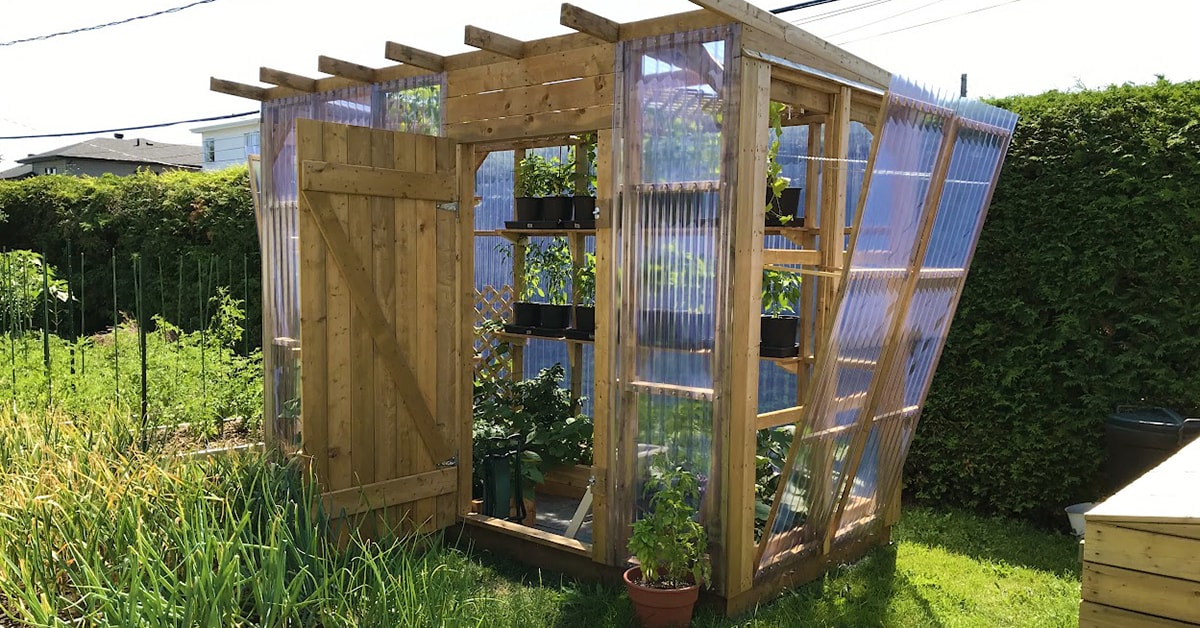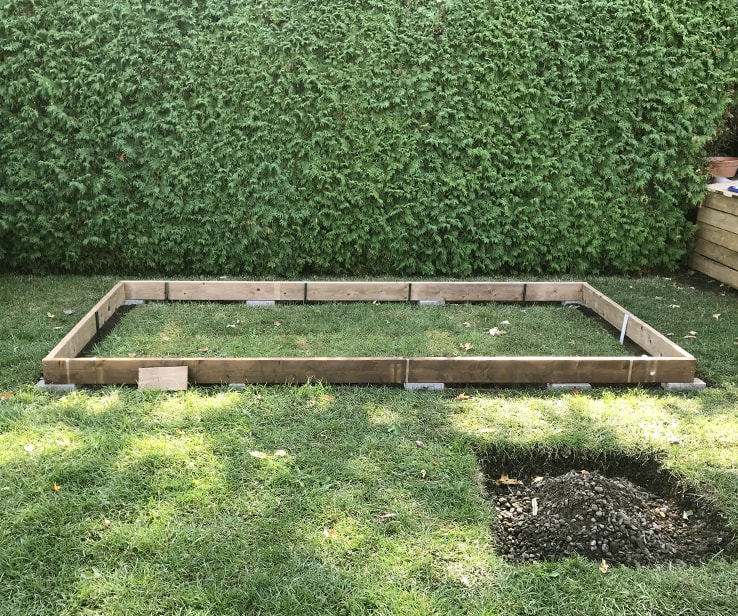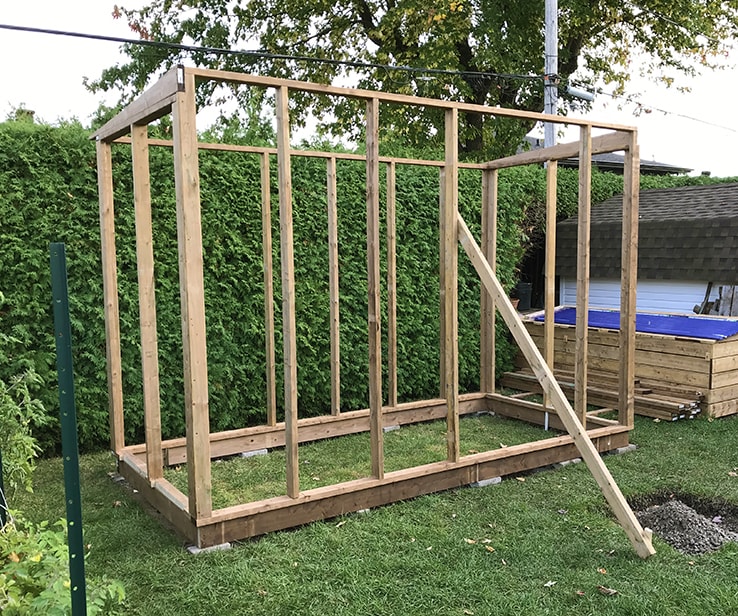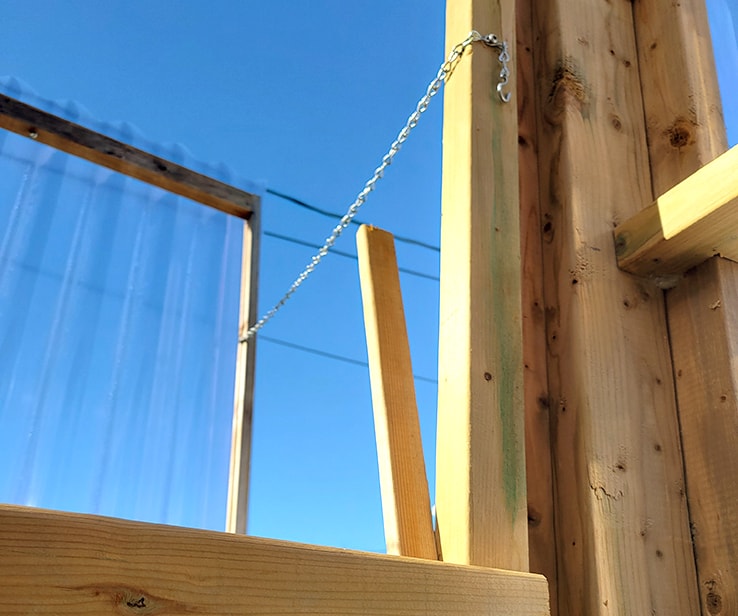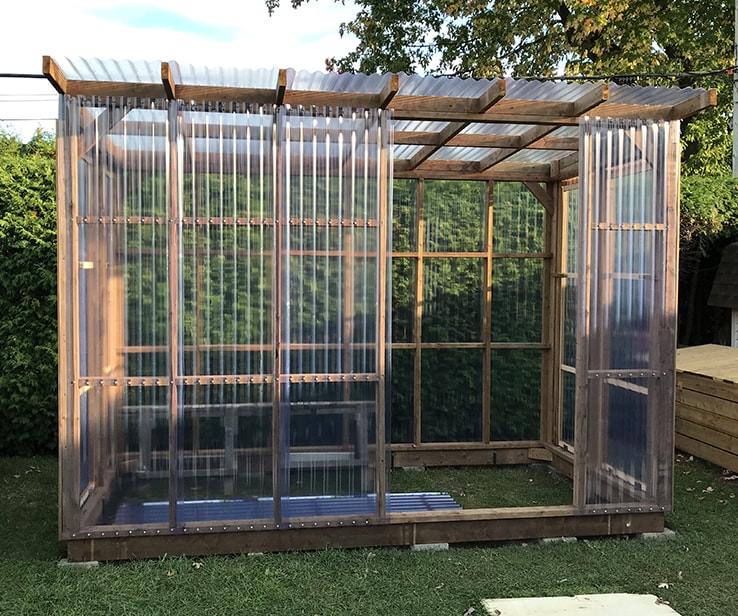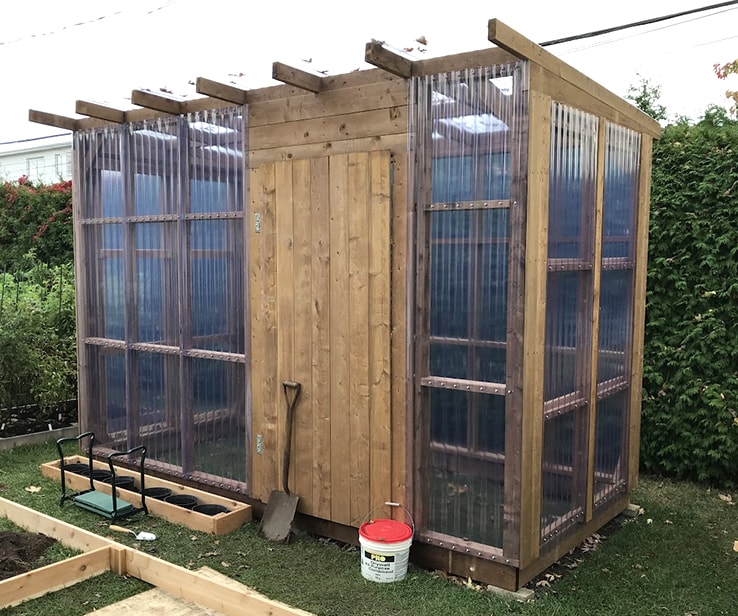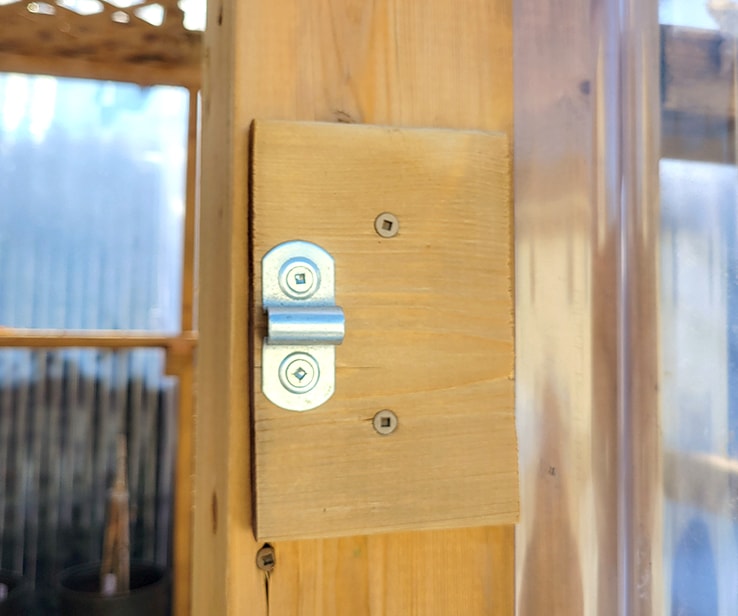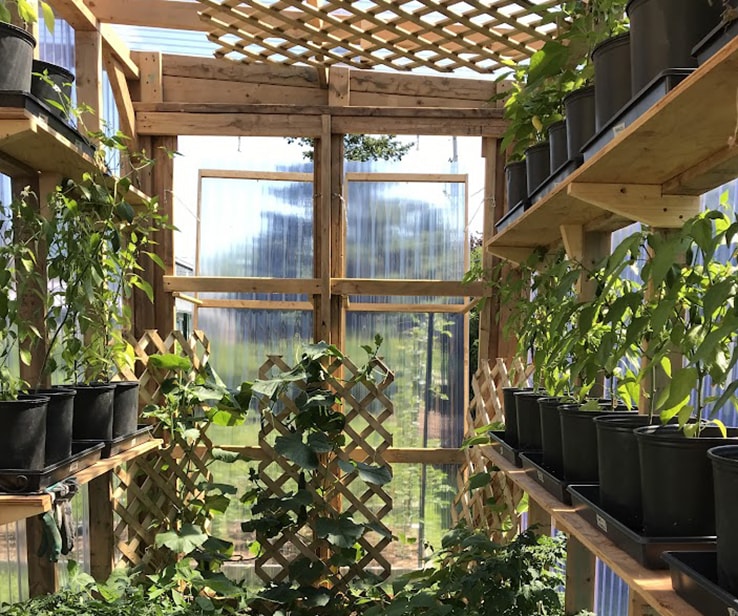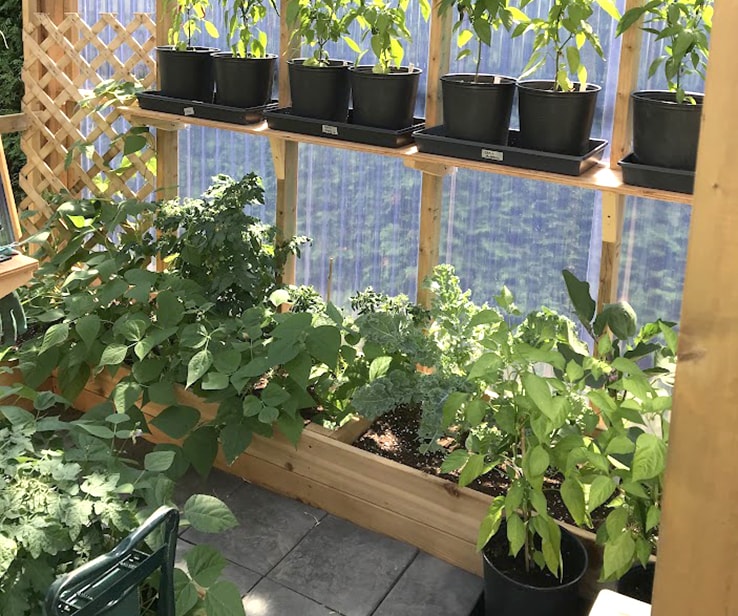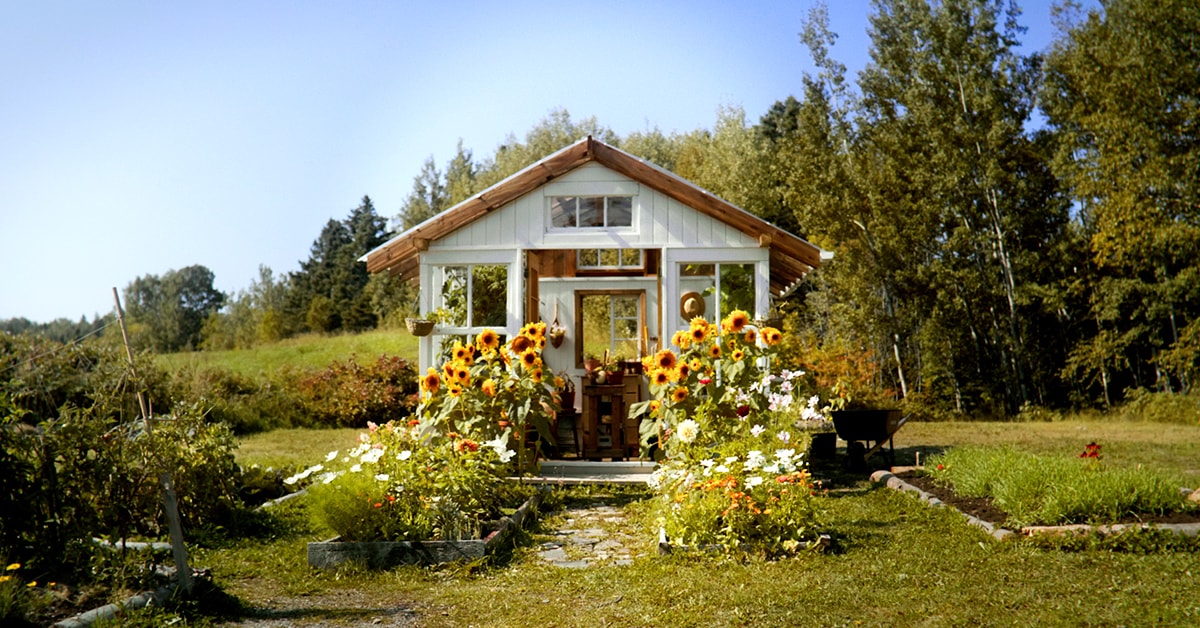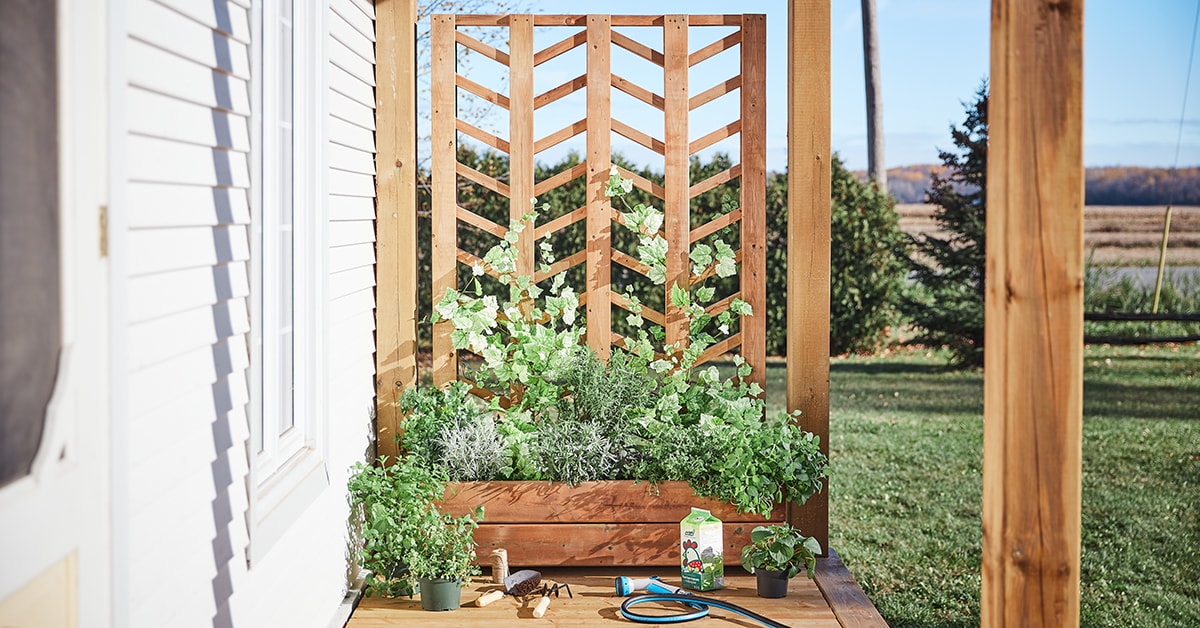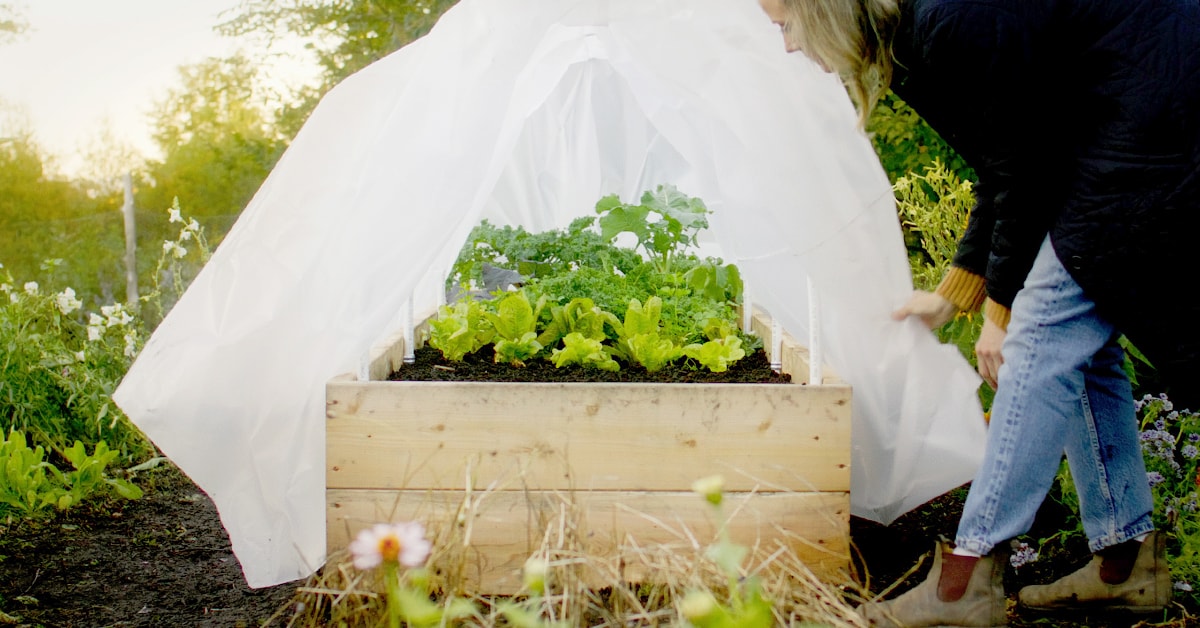Before You Start
Before you start, make sure to have all the necessary tools and materials on hand so you can get right at the job.
Be sure to refer to the plan and cutting diagrams regularly. Please note that all measurements are guidelines only, so be sure to measure the space before each cut to avoid wasting wood. Wood is never perfectly straight, so measurements will fluctuate slightly from place to place.
Also note that assembling the greenhouse takes a minimum of 2 people and a stepladder.









